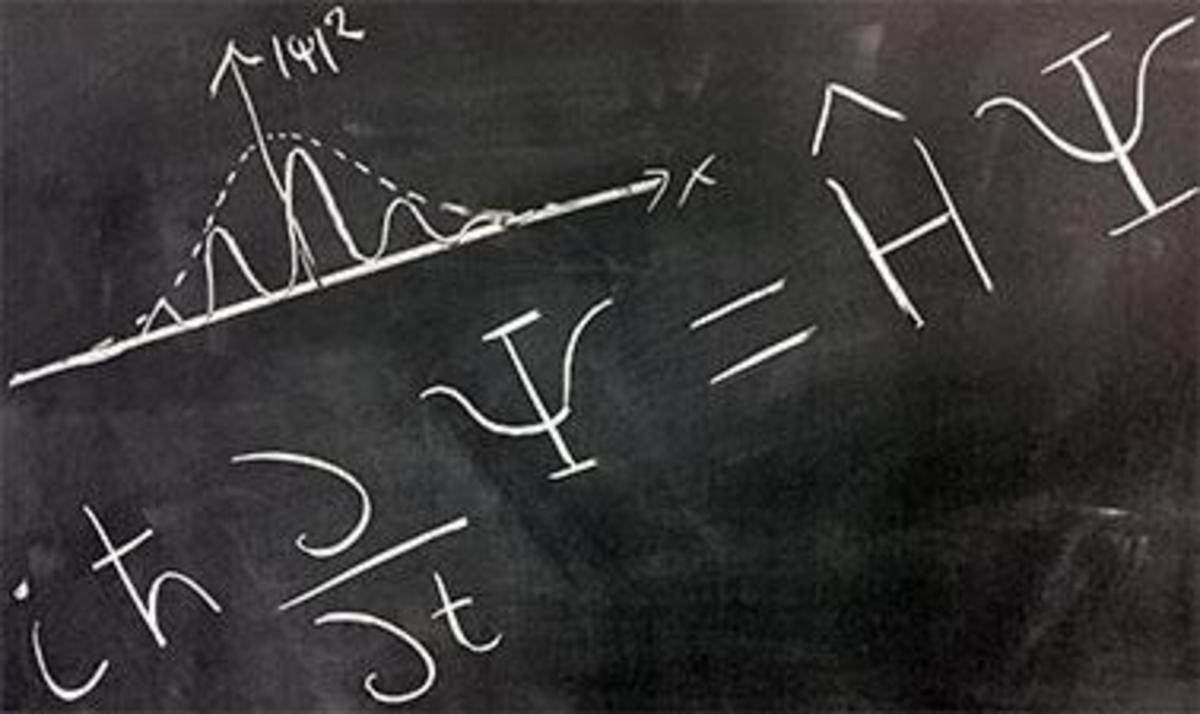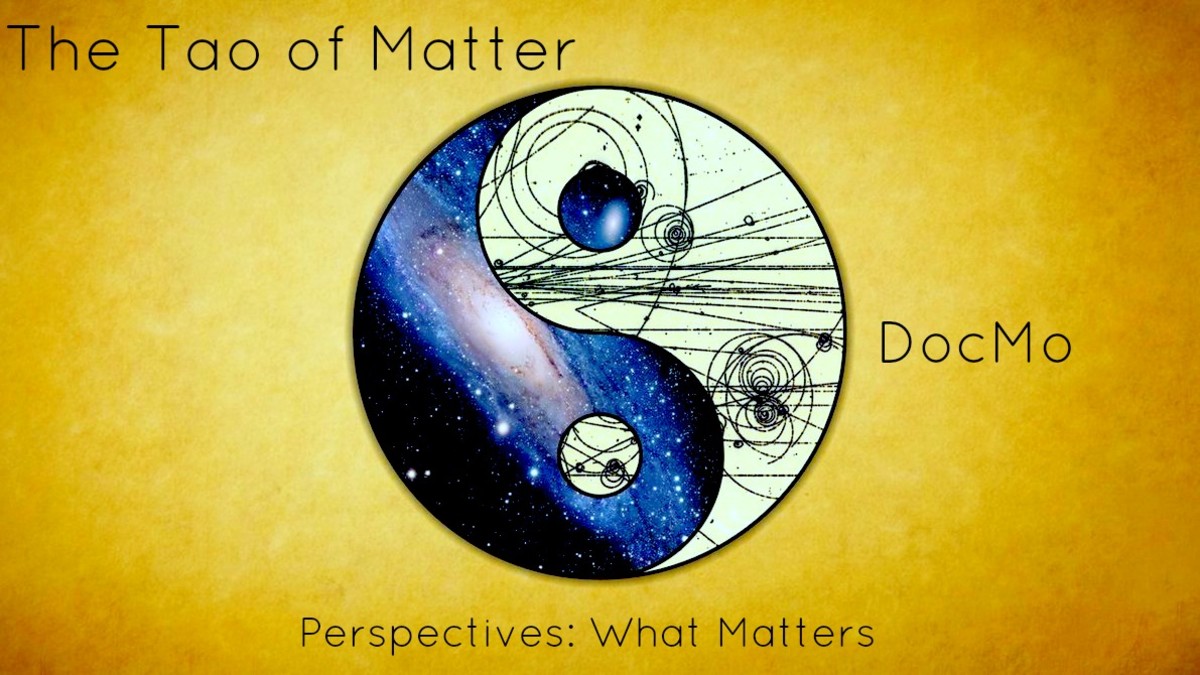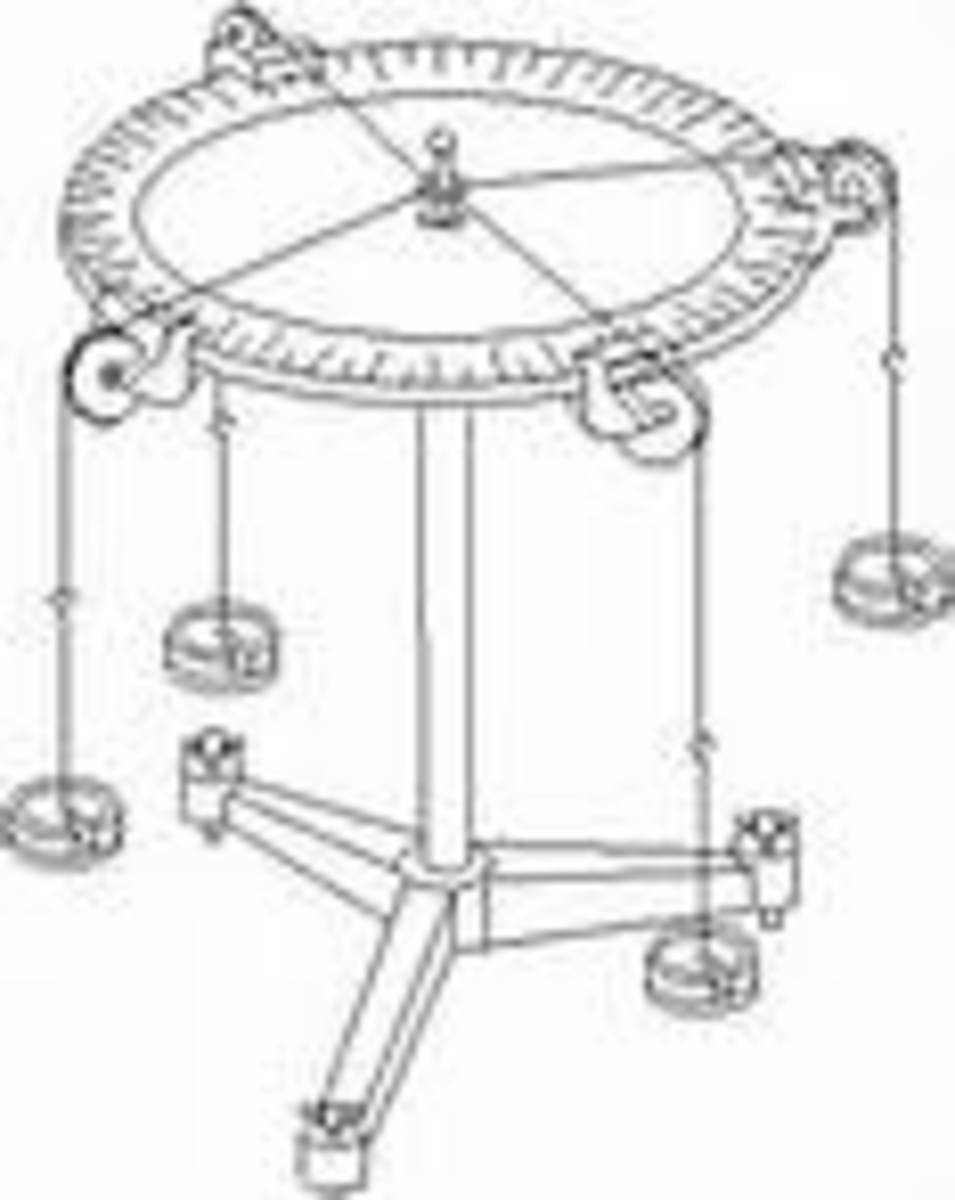Making Acquaintance with the LHC
Sometimes the public says, “What's in it for Numero Uno? Am I going to get better television reception? Am I going to get better Internet reception?” Well, in some sense, yeah. All the wonders of quantum physics were learned basically from looking at atom-smasher technology. But let me let you in on a secret; We physicists are not driven to do this because of better color television. … That's a spin-off. We do this because we want to understand our role and our place in the universe.
— Michio Kaku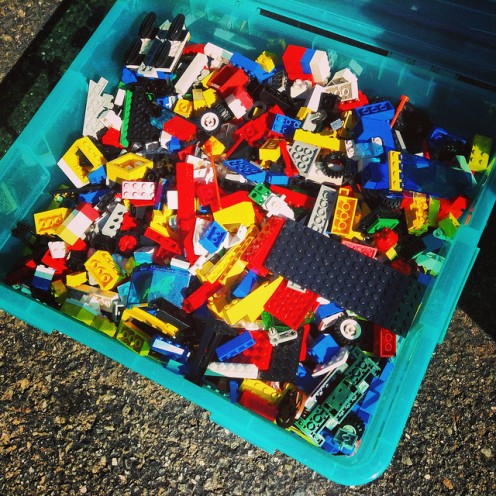
A Peek Inside the Sub-Atomic World
What do you do when you want to examine small things, say, on a microscale? If you have spent decent time, even casually watching the science channel when there is nothing entertaining on the reality TV channel, you would have say a microscope. Well, you’re not wrong. The optical microscope available today is powerful enough to capture and view real-time image of matter as small as a virus, such as the Ebola. If you need to look into matter a thousand times smaller than that, you can simply shift to an electron microscope, where the observation of an atom can be carried out pretty easily. But what if you want to take a peek inside the atom? What are the components that make up an atom, how heavy are they, how many are they inside a single atom? This is where the particle accelerator, or sometimes referred to as the atom smasher, comes into the equation.
Granted, particle accelerators are not microscope, but they get the job done, which is taking a peek inside the atom, albeit in a different method. Imagine you have 2 Lego balls the size of a football each. Say, for example, you want to find out the information of the individual bricks inside these balls, like what colour the bricks are, how many bricks are required to make up the ball, and how heavy is a single brick inside the ball. Instead of dismantling the bricks one by one in each ball, is it not a better idea, more efficient and undeniably awesome to smash these 2 balls together with such high energy until they disintegrate into individual bricks? Then all that is left to do is to examine the resulting discrete bricks and recording their properties. That should be as simple as an analogue can be when describing how a particle accelerator carry out its purpose, at least in the field of particle physics.
LHC, The Hollywood Star
The prevalence of particle accelerator in popular culture did not go unnoticed. Perhaps the most famous cameo of the machine can be found in the mystery-thriller novel and its movie adaptation by Dan Brown, ‘Angels and Demons’. Antimatter, a by-product of a successful run at the Large Hadron Collider which is the world’s most powerful particle accelerator, fell into the wrong hands of a perpetrator bent on taking down the Vatican City and along with it, centuries-long domination of the Catholic Church on the course of human civilization. The antimatter, pictured to be suspended in a magnetically-sealed vacuumed canister, was claimed to have a destructive power that is parallel to that of a nuclear weapon. The 2013 movie which also masqueraded itself as a documentary, ‘Particle Fever’, portrayed a human side to the attempts of the scientists working behind the curtain on the route to the discovery of Higgs Boson. And let’s not forget the scene in Iron Man 2, where Tony Stark fashioned a home-made particle accelerator out of metal tubes in his workshop with the end result of successfully creating a new element to power his Iron Man exoskeleton suit via arc reactor and keeping him safe from palladium poisoning which powered his implanted arc reactor previously.
Official Trailer for 'Particle Fever'
The Apex of Human Endeavor in Search of Knowledge
The world’s most famous particle accelerator, without a doubt, is the Large Hadron Collider, or simply LHC, which resides in European Organization for Nuclear Research (CERN) in Switzerland. The fact that LHC is the accelerator featured in ‘Angels and Demons’ serves as a springboard for the accelerator to jump into mainstream consciousness of popular culture. The LHC is designed and commissioned as a research tool in particle physics. Scientists have long depended on LHC to confirm the validity of Standard Model and String Theory, which are 2 theories in particle physics that could simplify all the forces and matter in the universe into one simple equation. In addition, LHC also is a key in the search for answers to 2 major riddles in cosmology; if the Big Bang creates equal amount of matter and antimatter, what brings to the scarcity of antimatter in our galaxy? Secondly, how do galaxies and the stars can be grouped tightly together if the Big Bang disperses matter in all direction during the astronomically-proportion explosion?
With LHC, scientist can duplicate a tiny Big Bang inside it and observe the aftermath of the beginning of our universe to search for these answers. The projects and experiments at LHC in a way symbolize the togetherness of humanity to push the boundary of our knowledge of life and the universe. You might think that the operations of LHC and its subsequent interpretation of results are only managed by a handful of the experts at CERN. In reality, it takes the collaboration of up to 10,000 scientists, engineers and experts in various fields from universities and laboratories around the world to supplement the actions happening at CERN to accomplish the bigger goal in the quest of knowledge.
To Find the Smallest, Be Bigger and Faster
Physically, LHC is super massive; try to visualize 27km of superconductors in the form of ring that crosses borders between France and Switzerland, and weights at more than 38,000 tonnes. But don’t expect to stumble upon LHC in plain sight once you passed the CERN security at the main entrance, because LHC is buried 100 meters down below. Why build a laboratory underground, you may ask? For starter, there are villages and real estate properties scattered here and there on the ground, which could lead to potential headaches in the setting up of demarcation lines between areas of townships and research assets worth 3 billion Euro. Instead, it was cheaper to excavate an underground tunnel to house LHC than to purchase the land above. However, additional auxiliary equipment necessary to maintain LHC can be found on the surface, such as cryogenic plant, control consoles, compressors and ventilation equipment. The earth’s crust also provides natural shielding for any radiation that comes from LHC.
In the superconductor ring, there are two pipes that run along the 27km circumference; the acceleration of particles takes place inside these 2 pipes. It is common sense to have 2 pipes as one pipe will accelerate the particles in clockwise direction, and the other one being responsible to carry the particles in the opposite direction. The acceleration of particles inside these pipes approaches the cosmic speed limit, which is the speed of light at approximately 3 x 108m/s. To give you an idea how insanely fast the particles move inside LHC, consider the fact that as the particles approach 99% speed of light, the particles can make full 27km lap at a mind boggling 11,000 times a second! And since the particles are zooming at this speed inside the pipes, this effectively renders LHC to be the closest thing we have to a time machine, according to an article written by Stephen Hawking for Daily Mail in 2010. Due to the effect of special relativity, matter moving close to the speed of light in LHC will experience time slower compared to matter outside LHC. Hypothetically, a human substitute travelling inside LHC instead of particles will emerge from the pipes younger than the scientists monitoring the human riders from outside LHC.
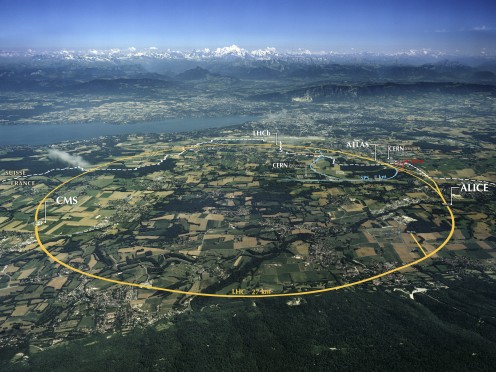
What's the Matter? Excess Energy!
The criterion for high speed of the particles zooming in LHC is necessary to introduce high energy collision. Remember the football made out of Lego earlier? As in any interaction on a macroscale, energy conservation is always observed. If each of the Lego football is made out of 1000 pieces of Lego bricks, you can expect to find 2000 pieces of bricks post-collision. However, strange things take place inside LHC’s collision. In the world of ultra-small or quantum world, energy conservation almost always takes a back seat. This is because you can end up with more particles after collision than the amount you introduced into the machine earlier. This phenomena can be explained with the most celebrated equation in science, E = mc2. This formula essentially tells you that energy and matter are two sides of the same coin. Matter is a condensed form of energy, where in a nuclear bomb detonation demonstrates the transition of matter to energy, the same thing happens the other way round in LHC. Therefore, the high speed of the particles imparted high enough energy to the collision that the creations of new particles are possible. Thus, energy is converted into matter in the process.
Higher energy also gives way to bigger particles with heavier mass. Since energy and matter are one and the same, they can be measured with a single unit, which is electronvolt (eV) and its multiplies, such as MeV (106), GeV (109 eV) and TeV (1012 eV). The excess energy from the collision that is not converted to matter is absorbed by the detectors as a safety measure. The collision of particles, on the other hand, takes place in 4 different points along the ring where these pipes cross each other. These 4 points are also where the detectors are put in place to scrutinize the debris from the collision and collecting the relevant data. So, instead of looking at LHC as one giant experiment, it is more accurate to think of it as a singular research instrument that carries out 4 different experiments according to the functions and purposes of each detectors, namely ALICE, CMS, ATLAS and LHCb. ALICE and LHCb serve primarily to find answers to Big Bang aftermath, as in what are the courses that took place that lead to the creation of the universe that we live in today. ATLAS’s and CMS’s main goal is to look for the Higgs Boson, or more commonly known in the mainstream media as the ‘God particle’.
These 4 detectors are the inherent parts of LHC, although some other smaller detectors are put in place from time to time to complement the data from these 4 main detectors. For example, the detector TOTEM’s main function is to measure the size of particles that run in LHC. MOEDEL’s purpose also is quite exciting, as its main goal is to search for the existence of particle which possesses only one magnetic pole. This hypothetical magnetic monopole particle is said to have either the south or north magnetic pole only, as opposed to commonplace magnetic dipole which possess both south and north magnetic pole.
Finally, the amount of data collected from these detectors is quite astronomical in proportions. 150 million sensors in LHC will furnish up to 40 million data per second during any given experimental run. All of the 4 main detectors will churn out as many as 700MB of data per second. At the end of the year, the amount of data is so colossal that it can be contained in a stack of CDs about 20km tall! Now it really makes sense to collaborate the projects at LHC with the international community of scientists from around the world, as it is quite impossible for the local scientists at CERN to process all the data and subsequently converting them into valuable knowledge all by themselves.
Rock On, LHC
The LHC took a hiatus between the year 2013 and 2015 for renovations. The renovations encompassed stronger electrical connections, radiation resistant electronics, serviced magnets, more secured vacuum and more powerful detectors. Particles also can be accelerated twice the previous kinetic energy, which means more energy for the collision and more windows for breakthroughs in the field of particle physics and cosmology. Without a doubt, LHC will continue to play a pivotal role in our efforts to decipher the secrets of life and the universe in many years to come.


